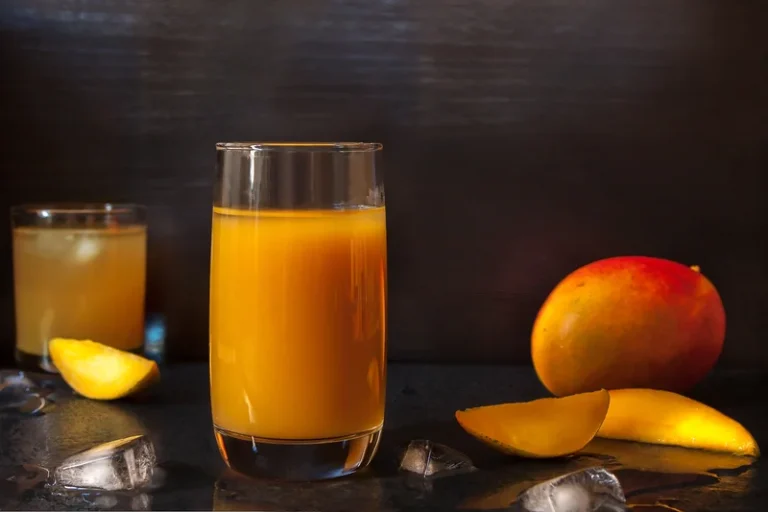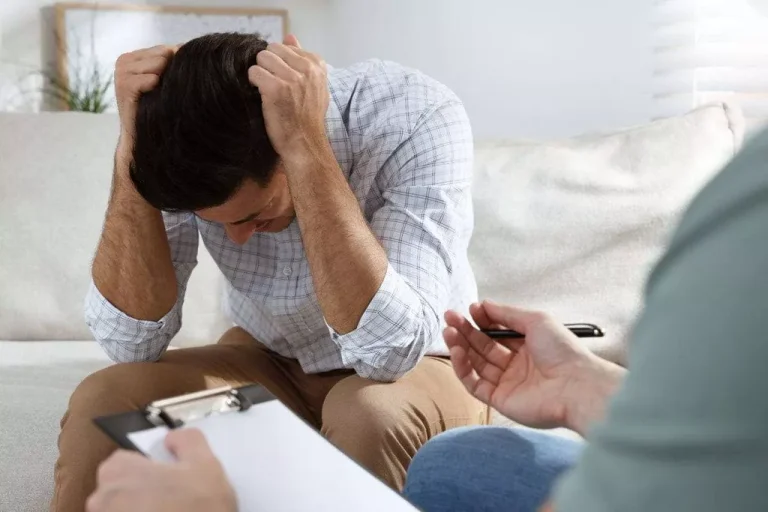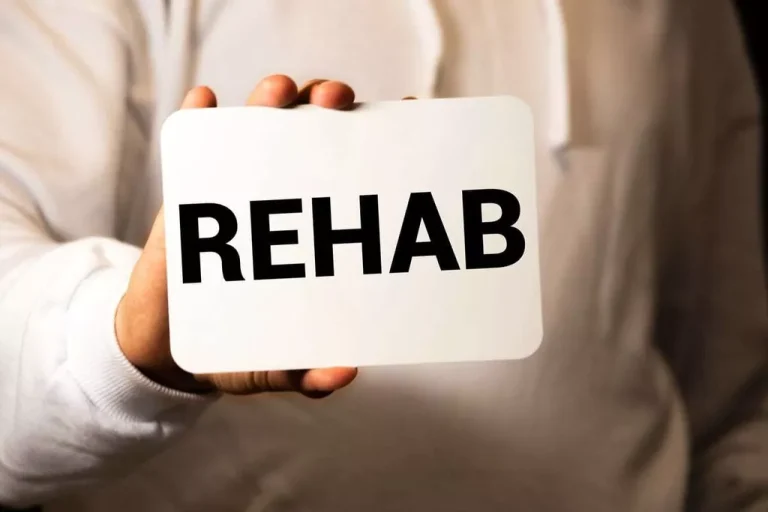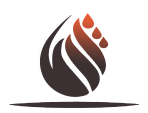
Avoid going into situations alone where you are at high risk of relapse. You might be surprised how quickly your resolve and good intentions disappear once the party’s started. View these emotions as an opportunity for growth and understanding. You can learn a lot about yourself by taking an inventory of what you’re feeling and asking yourself why. In fact, learning how to face your emotions without escaping into addiction is invaluable. It is important to learn how to be comfortable with uncomfortable feelings and emotions.
Emphasizing Emotional Awareness (HALT)

For example, someone who had completely stopped drinking for a period of time, say six months, would be experiencing a relapse if they began drinking in an unhealthy manner. If they had just one drink, they might be considered as having a “slip,” but not a full relapse. However, relapse can be an opportunity to reset, develop clear needs and goals, and continue.

Relapse After Recovery
- Coping skills can keep thoughts from escalating into substance use.
- By ensuring individuals have the appropriate resources to help them independently manage their condition, the immediate benefits of recovery following GSH can be maintained.
- In mental health, it would involve the return of symptoms after a period of recovery.
- Data from each article was extracted using a standardized table format developed apriori by the research team.
- People can relapse when things are going well if they become overconfident in their ability to manage every kind of situation that can trigger even a momentary desire to use.
Most relapse prevention strategies focus on building cognitive-behavioral skills and coping responses. This blog explores relapse prevention, strategies for avoiding triggers, and coping mechanisms to manage urges of repeat negative habits. While relapse is sometimes expected, it should still be taken seriously. Good treatment programs have relapse prevention as part of their recovery process. As people progress through the stages of relapse, they exhibit various warning signs.
Support Your Recovery
Or they may believe that they can partake in a controlled way or somehow avoid the negative consequences. Sometimes people relapse because, in their eagerness to leave addiction behind, they cease engaging in measures that contribute to recovery. Relapse is most likely in the first 90 days after embarking on recovery, but in general it typically happens within the first year. Recovery is a developmental process and relapse is a risk before a person has acquired a suite of strategies for coping not just with cravings but life stresses and established new and rewarding daily routines. The three peer-reviewed publications (Lucock et al., 2018;2021; Wright et al., 2000) tested the effectiveness of their interventions.
Preventing relapse isn’t as easy as saying no to opportunities to use again. Physical relapse is only preventable if you avoid high-risk situations. You must also develop healthy coping skills and an effective relapse prevention plan. An estimated two-thirds of people entering substance abuse treatment will relapse weeks or months after completing treatment.10 Although there’s no foolproof way to avoid it, recognizing the stages and avoiding triggers can prevent it.

What to Do if You Are Experiencing Relapse Triggers
If you or someone you care about experiences a physical relapse, all is not lost. Having a recovery plan in place for stressful times like this can help you work through your relapse and return to a life of sobriety. As of 2018, nearly 20.3 million people ages 12 and above were reported to have a substance use disorder. If you or someone you care about is in recovery from alcohol relapse prevention skills or drug addiction, it’s important to understand that recovery is a lifelong process and relapses may occur along the way—however, relapse prevention is always the goal. Relapse is the return to substance abuse after being drug- or alcohol-free. It’s not uncommon for people who struggle with addictions to relapse after completing treatment, and it doesn’t mean treatment failed.
- Even positive events in life, like achieving a promotion or attaining sobriety goals, can unexpectedly lead to a relapse.
- They are particularly prone to relapse because they spent their formative years engaged with substances rather than developing a strong social support network, learning basic life skills, or gaining academic achievement—all positive predictors of success.
- Additionally, join local recovery meetings to interact with peers in similar situations.
- Learning various acronyms can help a person identify when they need to improve their self-care, such as HALT (Hungry, Angry, Lonely, Tired).
- The Staying Well booklet (OxCADAT, n.d.) did not include any details regarding the length of the follow-up.
Relapse Prevention: Strategies to Avoid Triggers
Relapse rates for substance use disorders hover around 50%, even after intensive treatment.1 This doesn’t mean that treatment isn’t effective—it means that addiction is a chronic disease, one that requires ongoing management and support. Because addiction can affect so many aspects of a person’s life, treatment should address the needs of the whole person to be successful. Counselors may select from a menu of services that meet the specific medical, mental, social, occupational, family, and legal needs of their patients to help in their recovery. For people with addictions to drugs like stimulants or cannabis, no medications are currently available to assist in treatment, so treatment consists of behavioral therapies. Treatment should be tailored to address each patient’s drug use patterns and drug-related medical, mental, and social problems.
